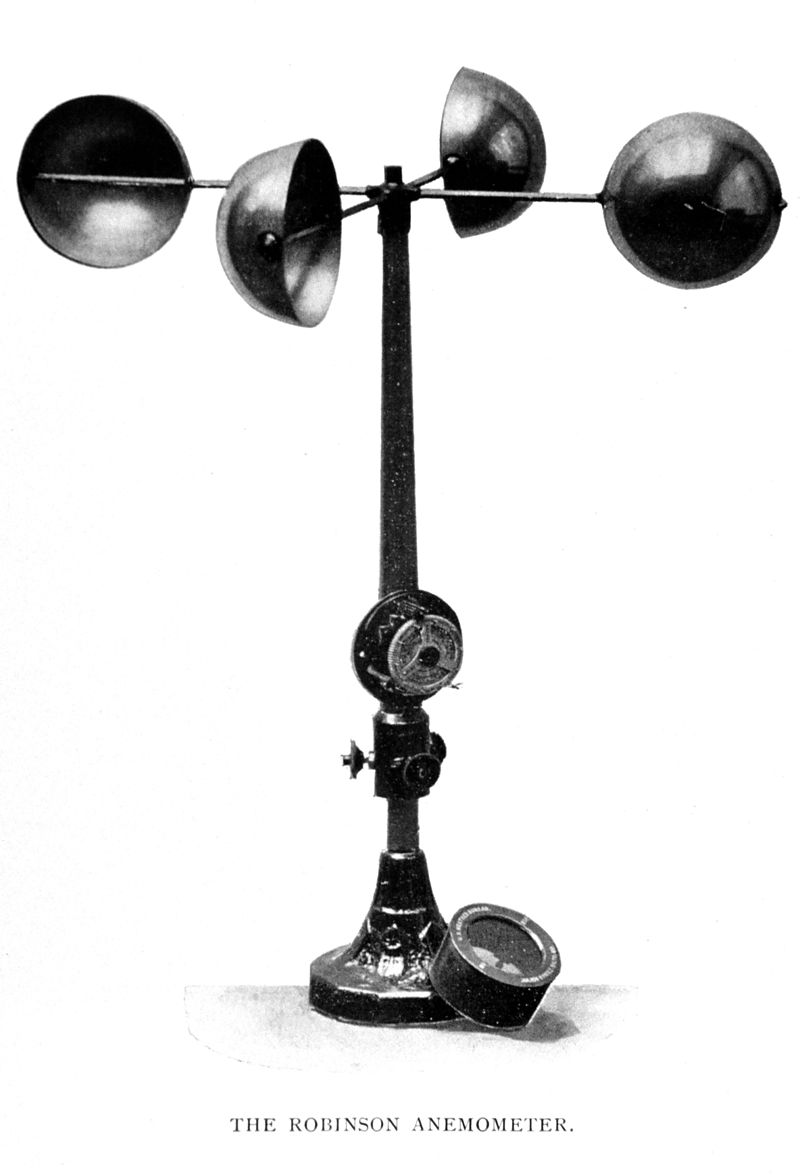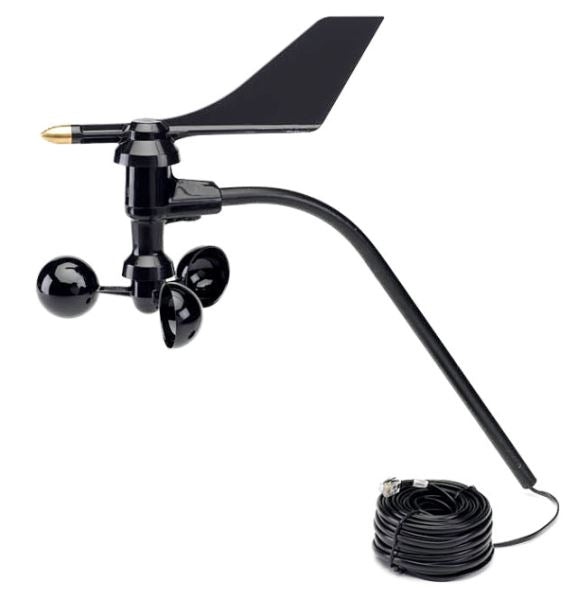The Role of an Anemometer in Improving Security for Outdoor Activities
The Role of an Anemometer in Improving Security for Outdoor Activities
Blog Article
Checking Out the Functions and Advantages of Anemometers for Weather Condition Fanatics and Professionals
Anemometers stand as important tools in the realm of weather condition surveillance, dealing with both lovers and skilled specialists alike. These tools supply a window into the vibrant globe of wind patterns and rates, supplying very useful data for meteorological evaluation and forecasting. From mug anemometers to sonic anemometers, each kind brings its unique collection of advantages and applications, dropping light on various facets of climatic problems. As we explore the features and benefits of anemometers, a deeper understanding arises not only of prevailing weather condition sensations however additionally of the wider ramifications for fields like wind energy production and environmental research study.
Significance of Anemometers in Climate Tracking
Anemometers play a vital function in weather surveillance by offering exact measurements of wind rate, assisting in forecasting and understanding climate patterns. These instruments, varying from traditional mug anemometers to modern ultrasonic anemometers, are important for meteorologists, scientists, and weather lovers alike. By measuring wind speed, anemometers aid in determining the strength of weather phenomena such as storms, storms, and tornadoes. In addition, they give important data for aeronautics, maritime procedures, and various markets that are delicate to wind problems.

Kinds Of Anemometers and Their Applications
The most usual types of anemometers consist of mug anemometers, vane anemometers, hot-wire anemometers, and ultrasonic anemometers. Cup anemometers are composed of 3 or four cups placed on straight arms that turn with the wind, measuring its speed. Vane anemometers, on the other hand, use an easily rotating vane to straighten with the wind direction, giving both wind speed and instructions measurements.
Each kind of anemometer has its distinct benefits and applications. Cup anemometers are durable and suitable for general climate monitoring, while vane anemometers are preferred for directional dimensions. Hot-wire anemometers are sensitive to reduced air velocities, making them optimal for indoor environments. Ultrasonic anemometers are non-intrusive and offer high accuracy, frequently made use of in research and specialized climate tracking applications. Recognizing the qualities and applications of each sort of anemometer is essential for choosing one of the most appropriate instrument for particular weather condition keeping track of demands.
Benefits of Making Use Of Anemometers in Projecting
In meteorology, the usage of anemometers provides indispensable advantages for enhancing the accuracy of weather projecting. Anemometers gauge i thought about this wind rate and direction, offering important data for predicting weather patterns. By integrating wind data into forecasting versions, meteorologists can much better comprehend the movement of weather systems, expect modifications in weather, and concern a lot more accurate forecasts.
In addition, anemometers play a vital function in evaluating prospective weather risks. Monitoring wind rates aids forecasters anticipate severe climate occasions such as typhoons, tornadoes, and wintertime storms with higher accuracy. This very early warning system makes look at here it possible for authorities to provide prompt informs and apply required safety and security actions, minimizing the dangers to life and residential property.
In addition, anemometers help in maximizing renewable resource production. By assessing wind patterns, meteorologists can identify appropriate places for wind ranches and predict energy outcome, adding to the effective generation of wind power.

Anemometers in Wind Energy Production
Provided the essential role anemometers play in offering accurate wind data for weather condition projecting and hazard evaluation, their relevance encompasses the world of wind energy manufacturing. Anemometers are essential instruments in the field of wind energy, where the measurement of wind speed and direction is essential for identifying the expediency and performance of wind generator installments. By accurately measuring wind speeds at varying elevations, anemometers aid maximize the positioning and layout of wind generators to maximize energy output.
In wind ranches, anemometers are purposefully positioned to accumulate real-time wind information that is made use of to analyze the possible power production of a site. This information is instrumental in determining the economic viability of wind power tasks and in projecting power generation to ensure grid stability. In addition, anemometers help in monitoring wind problems to enhance wind turbine performance, prevent damages from high winds, and make certain the security of workers operating in the vicinity of wind generators.
Enhancing Climate Recognizing With Anemometers

Anemometers play an essential function in improving our understanding of microclimates. These localized weather condition conditions can vary substantially from wider regional forecasts, making it vital to have accurate data for specific locations. anemometer. By purposefully positioning anemometers in different places, researchers can gather thorough information on how wind behaves in different terrains, urban settings, or bodies of water
In addition, anemometers add to enhancing weather condition forecasting versions by giving real-time information on wind behavior. This information is specifically important for anticipating serious weather occasions, enhancing agricultural techniques, and sustaining industries like air travel and maritime navigation. In general, have a peek here anemometers are indispensable instruments that allow us to dig deeper right into the complexities of climate systems, ultimately bring about even more better-informed choices and precise forecasts.
Final Thought
In verdict, anemometers play an important function in weather condition surveillance and projecting by measuring wind speed and direction. Anemometers additionally have applications in wind power manufacturing, additional highlighting their importance in both weather forecasting and eco-friendly energy industries.
From cup anemometers to sonic anemometers, each type brings its one-of-a-kind set of advantages and applications, dropping light on numerous facets of atmospheric conditions. These tools, varying from conventional cup anemometers to contemporary ultrasonic anemometers, are essential for meteorologists, researchers, and weather condition lovers alike. The most common types of anemometers consist of mug anemometers, vane anemometers, hot-wire anemometers, and ultrasonic anemometers. Mug anemometers are ideal and durable for basic climate tracking, while vane anemometers are favored for directional dimensions. Anemometers are essential instruments in the field of wind energy, where the dimension of wind rate and instructions is crucial for identifying the usefulness and performance of wind generator installments.
Report this page